
Asian hornet threatens native honey bee
More and more invasive pests are spreading in Switzerland. The most recent example is the Asian hornet, which poses a major threat to the native honey bee. But other invasive species also threaten agriculture and biodiversity. Control measures are many and varied. But pesticides (plant protection products and biocides) remain an important tool in the fight against the pests.
Sunday, November 5, 2023
The Asian hornet has spread strongly in Switzerland in the last year. The hornet originates from Southeast Asia and first arrived in Europe via transport routes in 2004. In 2017, it was observed in Switzerland for the first time. According to the Bee Health Service (BGD), the native honey bee is one of the Asian hornet's favorite prey. It accounts for up to 85 percent of their diet.
Strong spread
As the 'Schweizerische Bienenzeitung' writes, the population of the Asian hornet spread strongly in Switzerland in 2022. In total, it was sighted at 24 sites in eight cantons. Numerous sightings have already been reported in 2023 as well. The most recent in October. The 'Bienenzeitung' cites the mild winter as the reason for the strong increase, which led to a particularly large number of young queens surviving and being able to establish nests in the spring.
Attention and professional control necessary
Under the leadership of the BGD, a task force was established in 2022 to detect and eliminate Asian hornet nests. The task force also trains the cantonal authorities to be able to detect the nests independently in the future. The Bee Newspaper describes a successful example of the detection and removal of a nest. It shows that in order to successfully combat the Asian hornet, there needs to be good cooperation between beekeepers, the cantonal authorities, the task force and also pest control companies that can professionally combat and dispose of the Asian hornet nests.
Since July 1, 2023, the general population can report sightings of Asian hornets on the Swiss Asian Hornet Reporting Platform. Observers can upload the location where they were found there, as well as a picture or video of the hornet. Traps should not be set, however, as live specimens are needed to find the nests. The Family Gardeners Association also calls on people to be vigilant and call for professional control. This uses sulfur dioxide as a pesticide, as can be seen from the recommendations for action that a working group around the FOEN and bee health service has produced.
Do not import illegal plants
The spread of the Asian hornet is another example of an invasive pest that poses a threat to native species. The Japanese beetle or cherry vinegar fly have also become a threat to native agriculture in recent years. But it's not just insects that pose problems for farmers. More and more invasive plants are also spreading in Switzerland and displacing the native flora, such as the 'native professional weed', which is similar to chamomile. Up-to-date information and lists of these so-called neophytes are provided by infoflora.
Introduced plants can also transmit serious diseases. For example, the Federal Office for Agriculture warns against the bacterium Xylella fastidiosa (Xf), which is the most dangerous bacterium for plants worldwide. It has led to the emergency felling of thousands of olive trees in southern Europe. This is because one host plant is the olive tree. Therefore, when tourists return to Switzerland, they should avoid bringing in foreign plants, if possible, and certainly not plants on the quarantine list.
Plant protection products remain important
Globalization and the associated flow of goods increase the likelihood that certain invasive species will travel in luggage, containers or transport crates. This cannot be prevented. Therefore, in addition to the control measures described above, new biocides or plant protection products are always needed. This is illustrated by the example of the Japanese beetle, for which pesticides are used in addition to traps and collection.
Sources
Kindly note:
We, a non-native editorial team value clear and faultless communication. At times we have to prioritize speed over perfection, utilizing tools, that are still learning.
We are deepL sorry for any observed stylistic or spelling errors.
Related articles
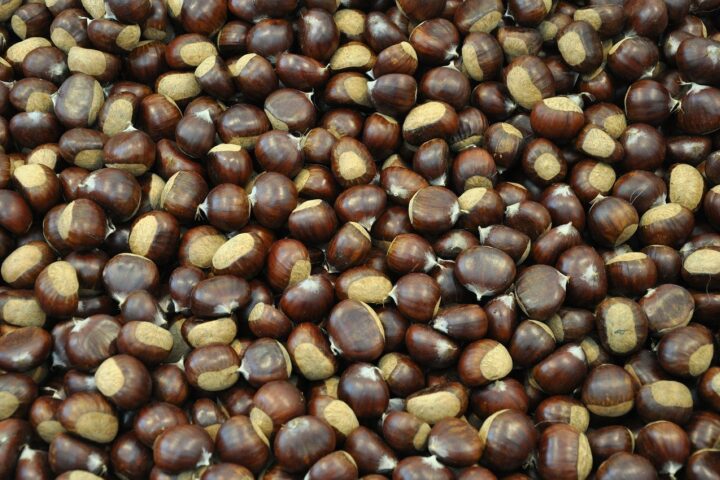
Invasive species threaten native plants
The economic interdependence of the world has increased greatly over the past years and decades. Due to the brisk trade activity between the continents, invasive plant and animal species are also spreading faster and faster. This can lead to serious problems for native vegetation and agriculture. According to the FOEN, the canton of Ticino is particularly affected.
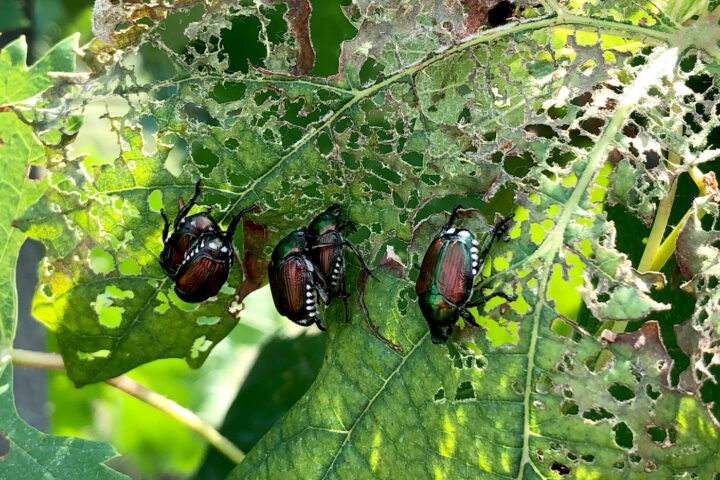
Report the invasive Japanese beetle immediately!
The voracious Japanese beetle is threatening to spread in Switzerland. It was introduced to Switzerland four years ago and was first discovered in the canton of Ticino. To prevent the spread of the pest, the Agroscope research centre is working together with the people of Ticino. An innovative tool is being used to enable the rapid reporting of any discoveries of the Japanese beetle.
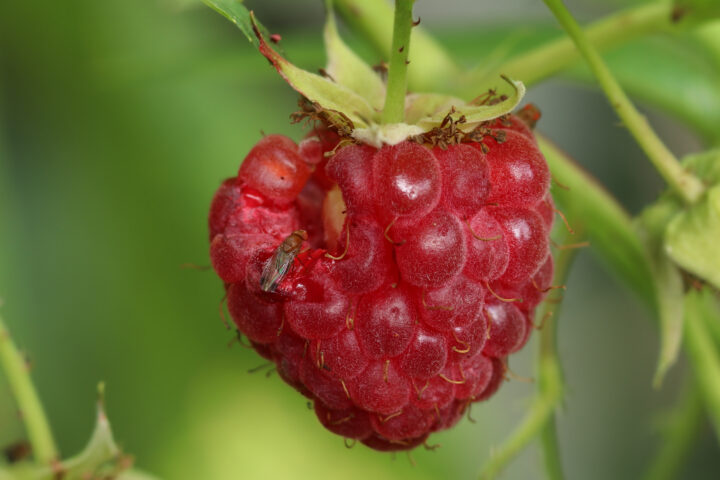
Because plants need protection from pests and diseases
The health of our crops cannot be taken for granted. On the contrary: in our mobile world, pests and plant diseases are spreading like wildfire. Climate change acts as an accelerant. When pests migrate and new plant diseases establish themselves in our latitudes, they can become a threat to native species. The International Plant Health Day on 12 May is a reminder of this. And the day shows: to ensure plant health in the future, research and innovation are needed above all.
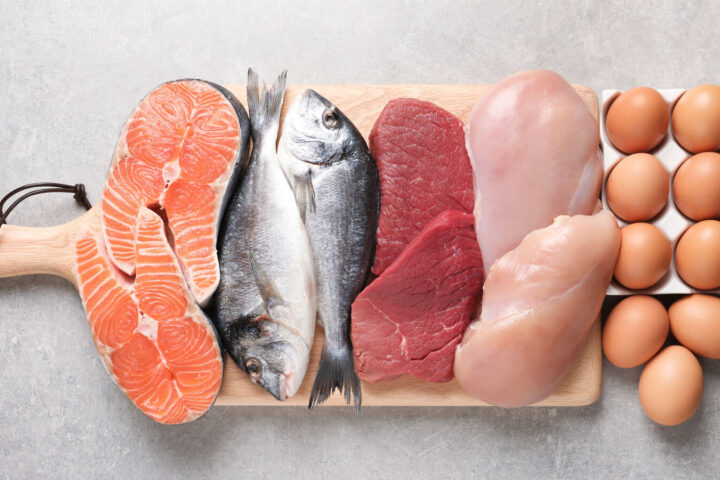
Sales bans due to PFAS: Should we be worried?
After spectacular sales bans on fish and meat due to PFAS contamination, consumers are asking themselves: How dangerous are these substances really – and what can still be placed in the shopping basket without concern?
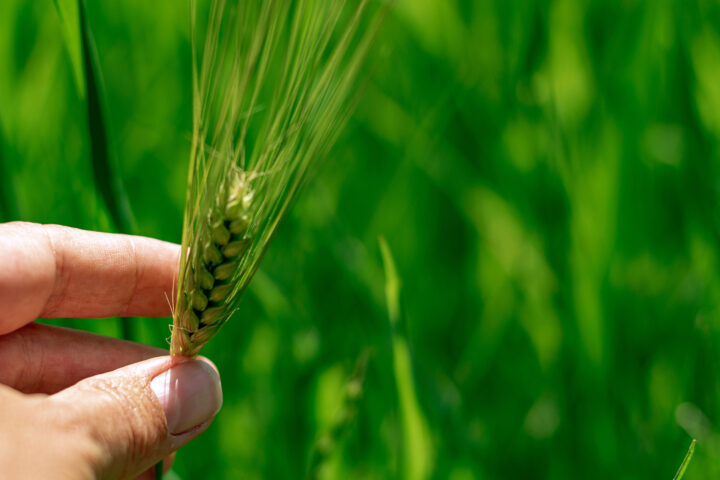
How German Experts View New Breeding Techniques
In hardly any other country is the idyllic image of organic farming cultivated in the public sphere as carefully as in Germany. Naturalness and rural authenticity are powerful mental refuges for many Germans. Against this backdrop, it is hardly surprising that resistance to new breeding techniques is strong – and that ignorance about the realities of organic farming sometimes appears almost deliberate.
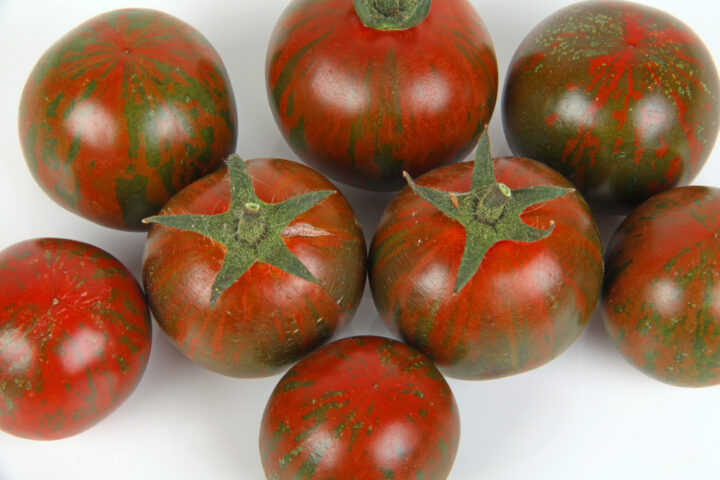
Why consumers accept gene-edited foods on their plates
Acceptance of gene-edited foods increases when the tangible benefits for consumers are easy to understand. A recent study by the Center for Food Integrity (CFI), conducted in collaboration with FMI – The Food Industry Association, shows that consumers evaluate technologies such as genome editing positively when they recognize clear advantages for health, the environment, or food security.
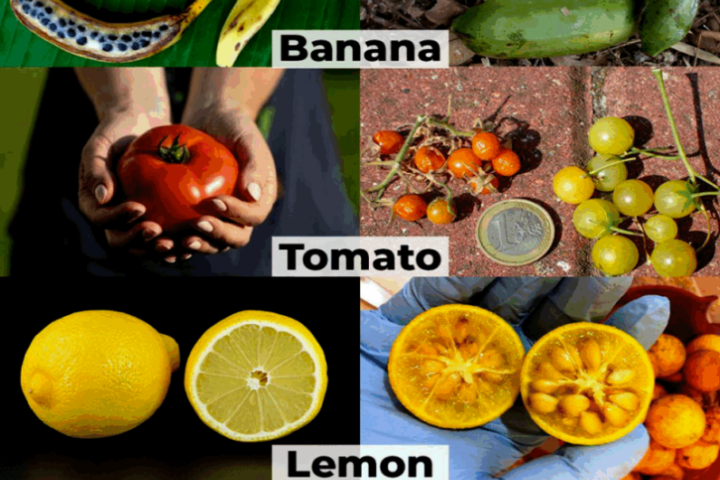
Beautiful and delicious mutants on your plate: The misunderstood world of crop improvement
When most of us hear the word mutation, the images that come to mind are not positive. We think of radioactive monsters, comic book villains, or genetic diseases like sickle-cell anemia. In popular culture, “mutants” are often synonymous with danger. Possibly the most famous are Marvel’s X-Men, who have enjoyed four big-screen incarnations and an enduring place among sci-fi movie aficionados.

